Polyurethane Foam Foaming Common Terms
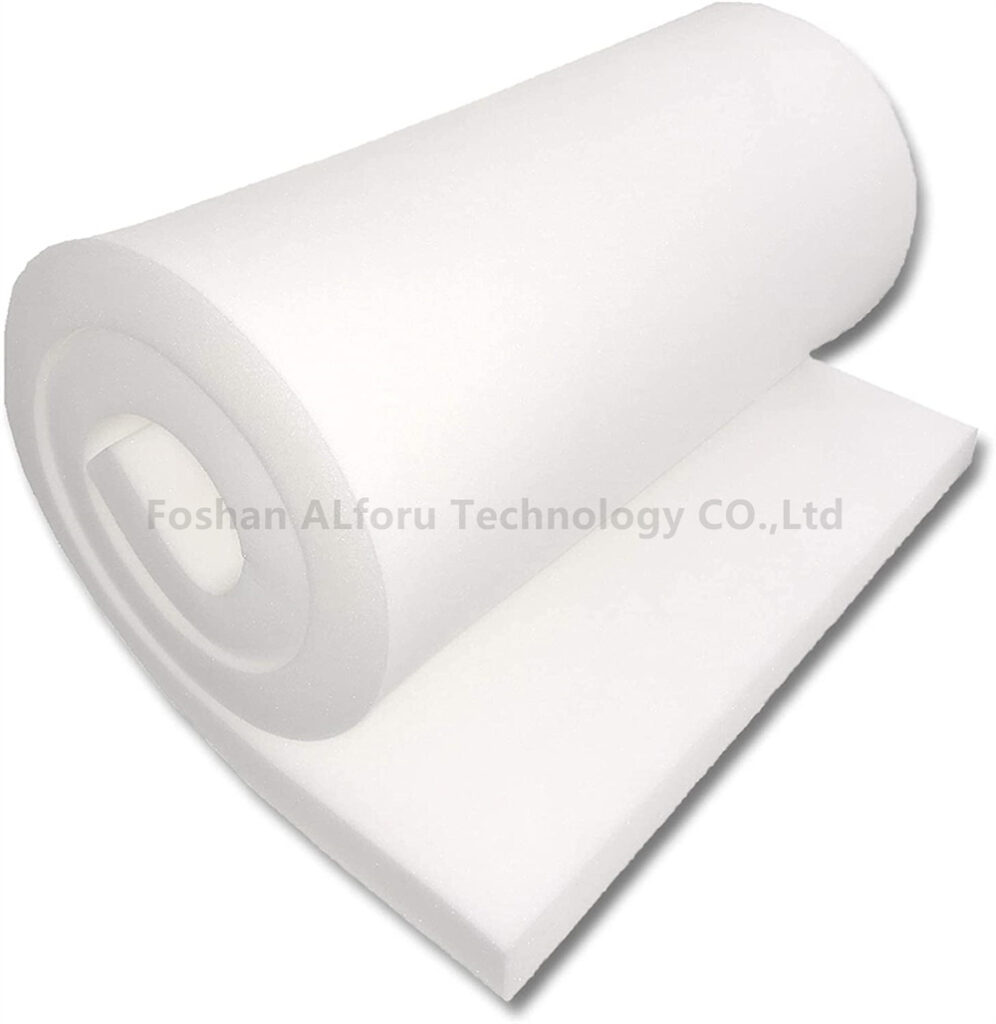
This article explains key terms and processes in polyurethane foam production, including Cold Cure, Pump Capacity, Pump Linearity, New Blending Technology (NBT), Timed Pressure Release (TPR), Initial Spray, and the Foaming Index.
How to Test the Standards for Polyurethane Foam Foaming?
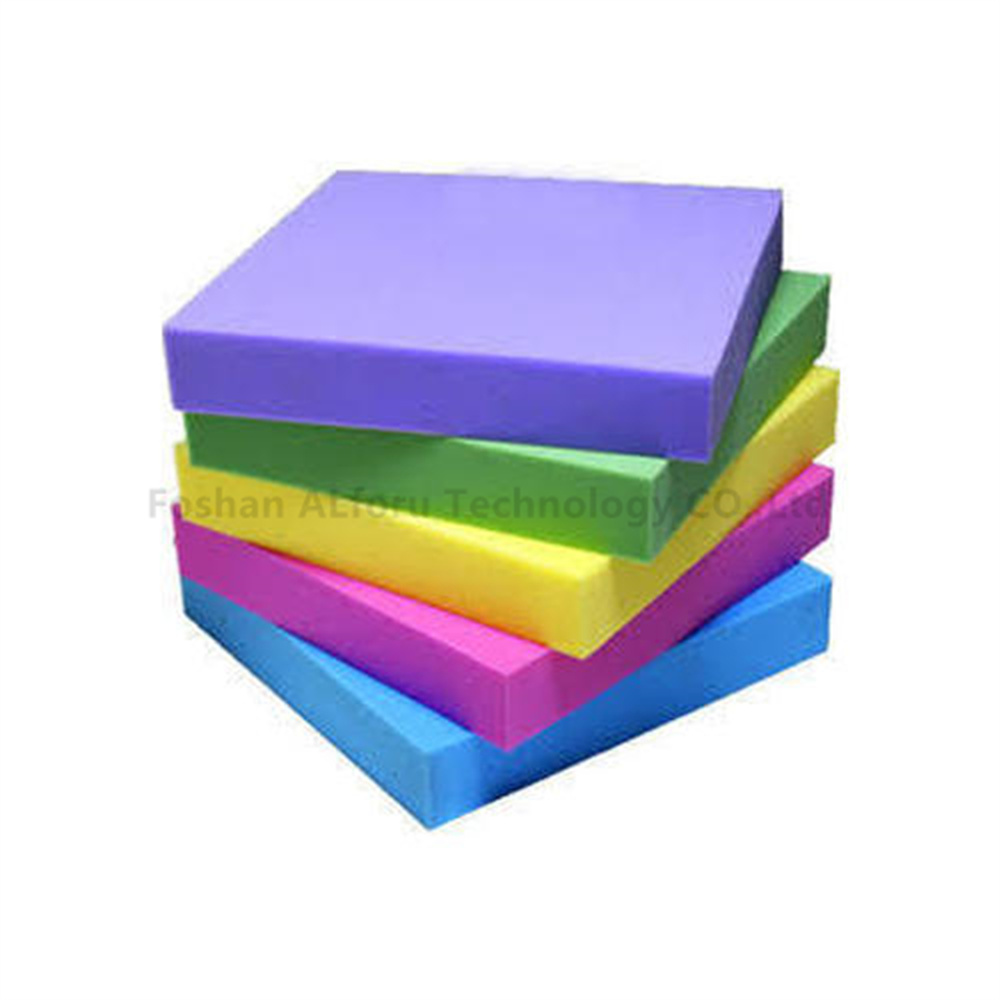
This article outlines the standards and methods for testing polyurethane foam, covering key properties such as density, hardness, tensile strength, tear strength, resilience, compression deformation, fire resistance, and VOC emissions.
Analysis and Solutions for the Compression Resistance Issues of Slow Rebound Foam

This article analyzes the factors affecting the poor compression resistance of slow rebound foam and provides practical solutions, including adjustments in polyether types, the use of polyether-modified polyester, and incorporating MDI to improve foam performance.
Introduction to Foaming Agents for Polyurethane Foam
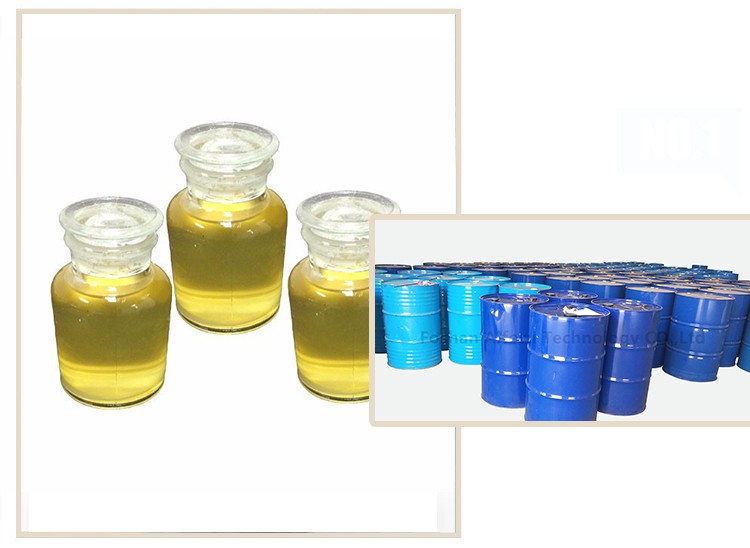
This article explores essential foaming agents in polyurethane foam manufacturing, detailing the roles of catalysts, foam stabilizers, blowing agents, and optional additives like flame retardants, softeners, and open-cell agents, crucial for achieving desired foam properties and performance.
Calculation Formula for TDI Consumption
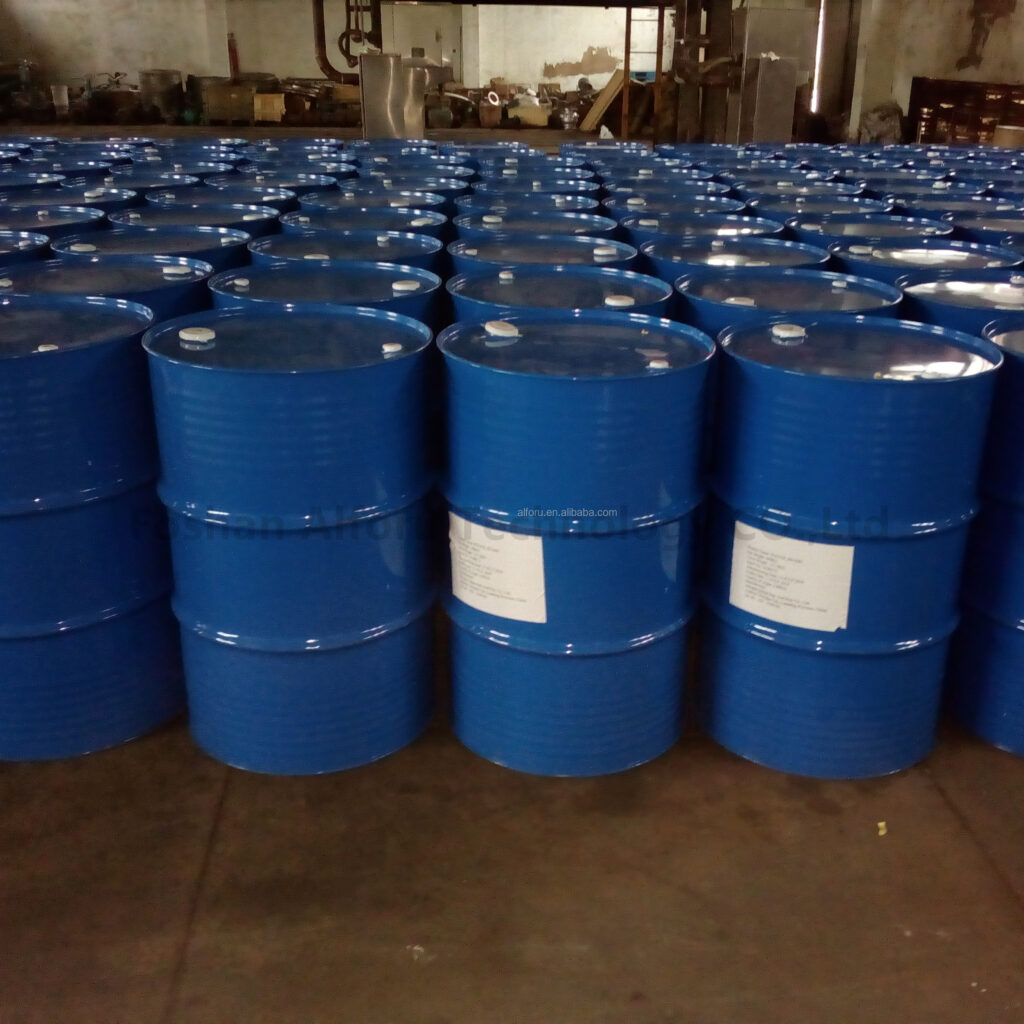
This article explains the calculation of TDI (Toluene Diisocyanate) consumption in formulations, detailing the formulas and steps needed to determine the exact amount required for different polyol polymers and their reactive components.
Application and Comparison of Silicone Oils in Polyurethane Rigid and Flexible Foams
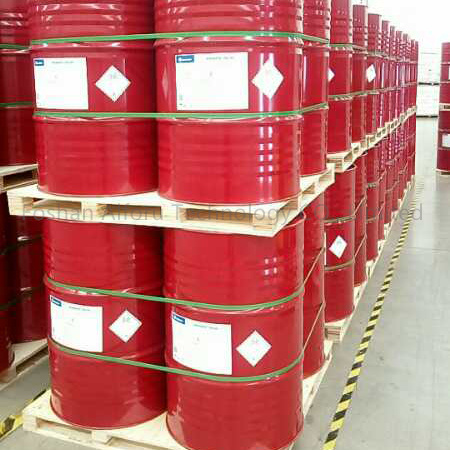
This article discusses the application and comparison of silicone oils in polyurethane rigid and flexible foams, focusing on how the amount of foam stabilizer impacts foam structure, stability, and performance in various industrial applications.
Comparison of Performance of A-1 and A-33 in Soft Polyurethane Foam Production
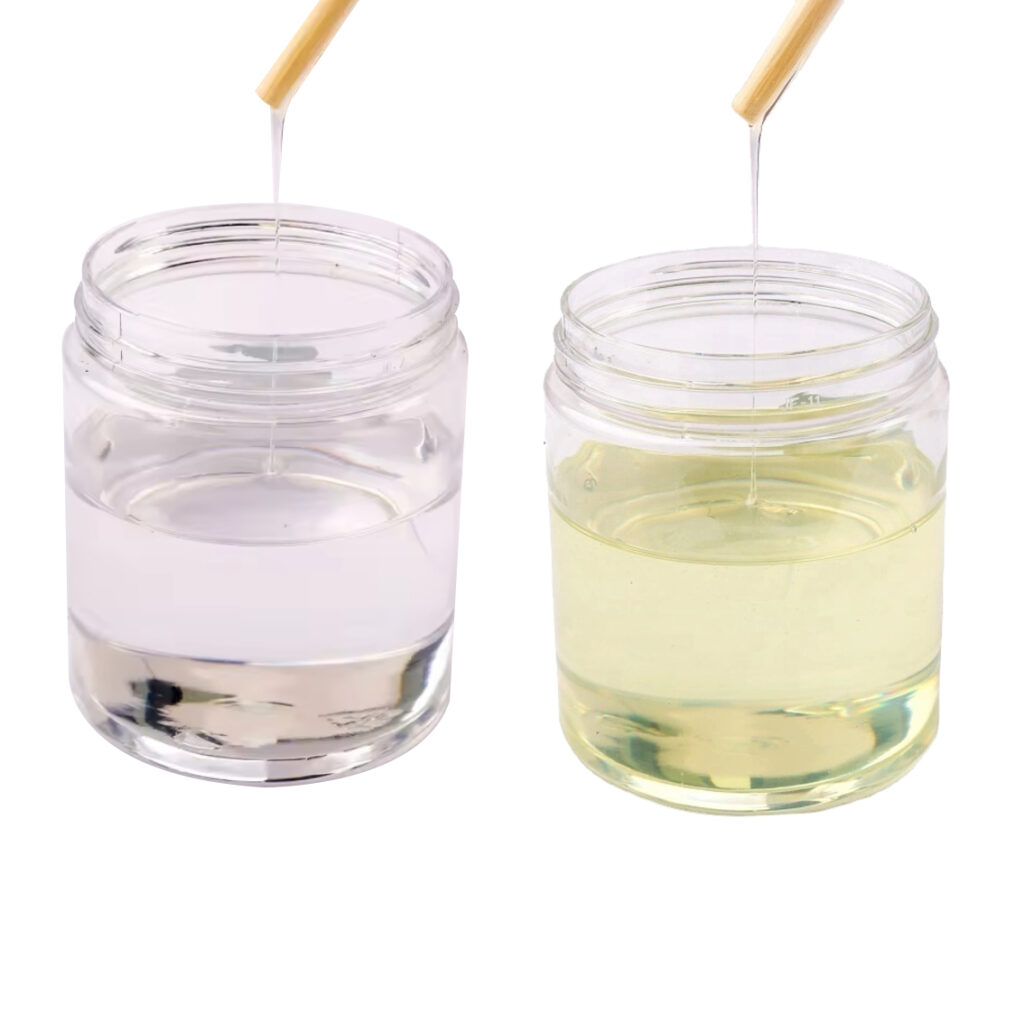
Learn how A-1 and A-33 catalysts impact polyurethane foam production! This article compares their effects on foam properties like density and resilience.
Differences between Polyester Polyurethane and Polyether Polyurethane in Reaction Principle and Result

This article explores the differences between polyester polyurethane and polyether polyurethane, focusing on their reaction principles, resulting properties, and development trends, highlighting the distinct advantages and limitations of each type in various applications.
What is Isocyanate?
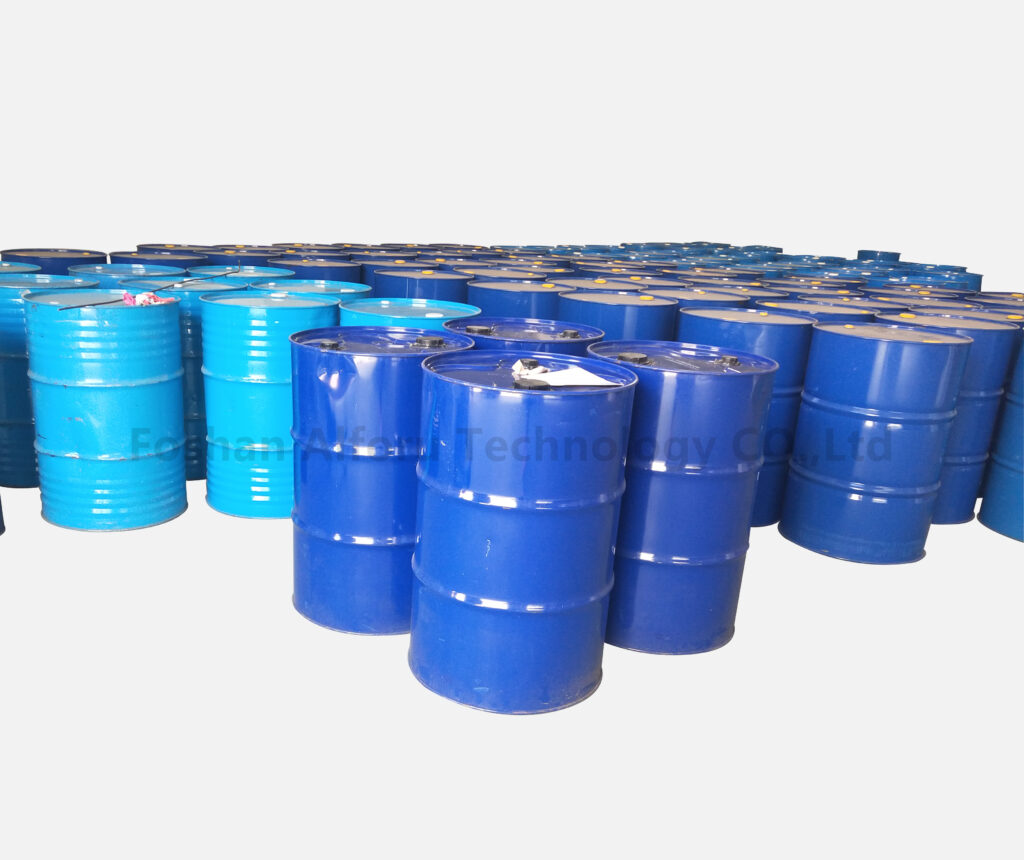
Isocyanates, crucial in polyurethane production, include TDI variants (2,4-TDI, 2,6-TDI). TDI-100 suits castable polyurethane, T-80 is widely used, and T-65 is for high-rebound foams. Reactivity varies due to molecular structures. TDI is a transparent liquid with a coloration tendency, distinctive odor, and solidification point influenced by composition.
Transformative polyurethane: changing the world
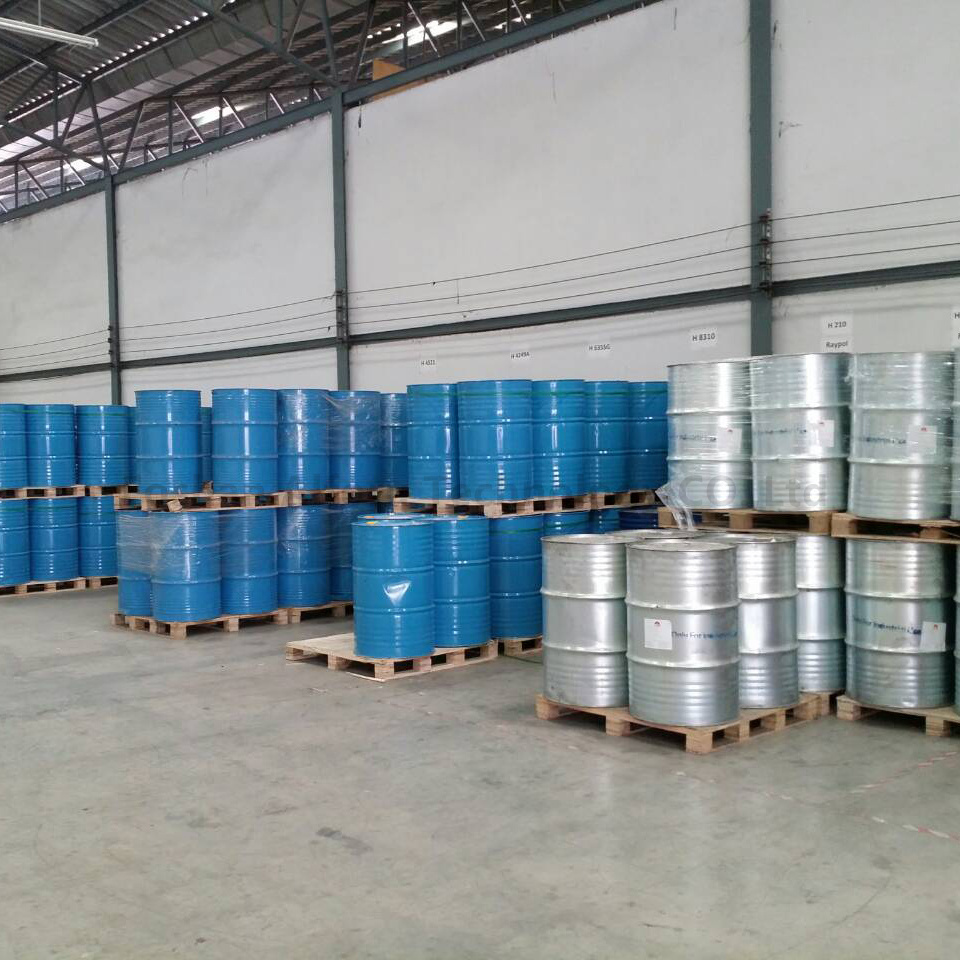
Polyurethane, a versatile polymer, is acclaimed for its transformative impact across diverse sectors. Evaluation of polyurethane adhesives encompasses sensory and quantitative testing methods, ensuring comprehensive assessments of bonding effectiveness on various substrates. Choosing appropriate evaluation criteria aligns with specific bonding applications, fostering the material’s wide-ranging applications.
